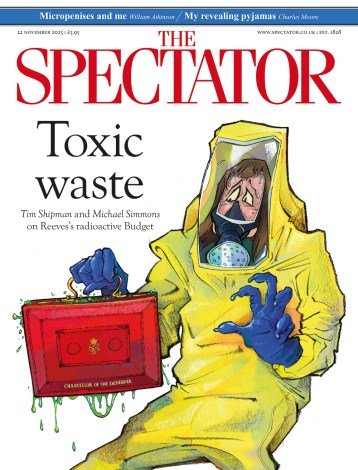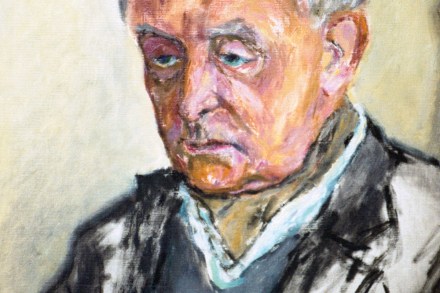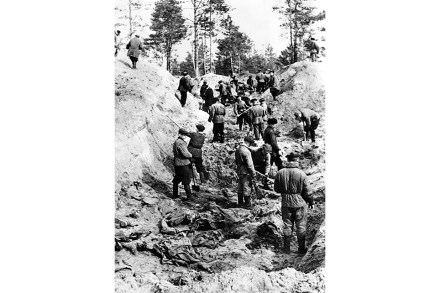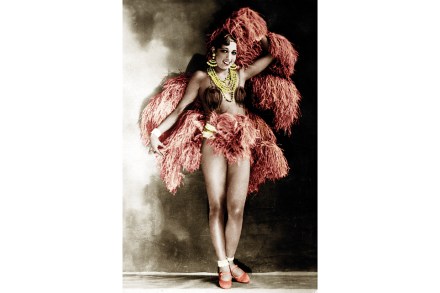The Belgian resistance finally gets its due
We are familiar with the myths and realities of French resistance and German occupation, but less so with the story of Belgian resistance. It was highly creditable, spanning both world wars, and has long deserved to be better known. This book should help ensure that it is. The title refers to the legend of the White Lady – la Dame Blanche – whose appearance was said to herald the downfall of the Hohenzollerns, the Kaiser’s dynasty. The name was adopted by a network of 1,084 Belgians who spied for MI6 against the country’s German occupiers during the first world war. According to MI6’s authorised history, this ‘became the most successful





